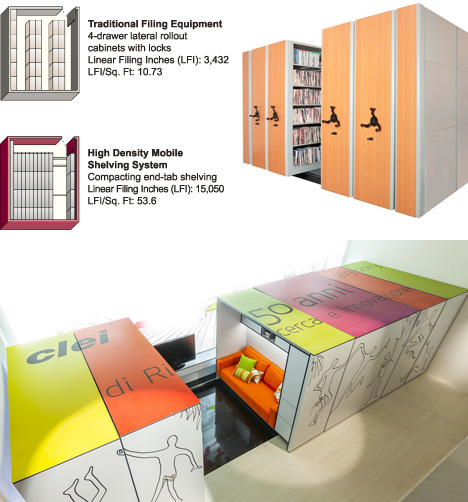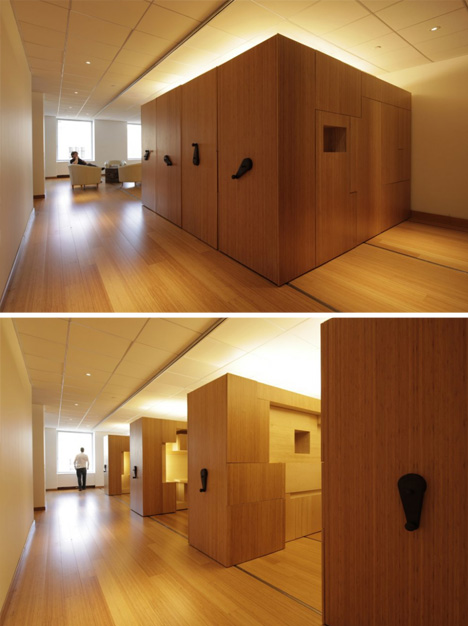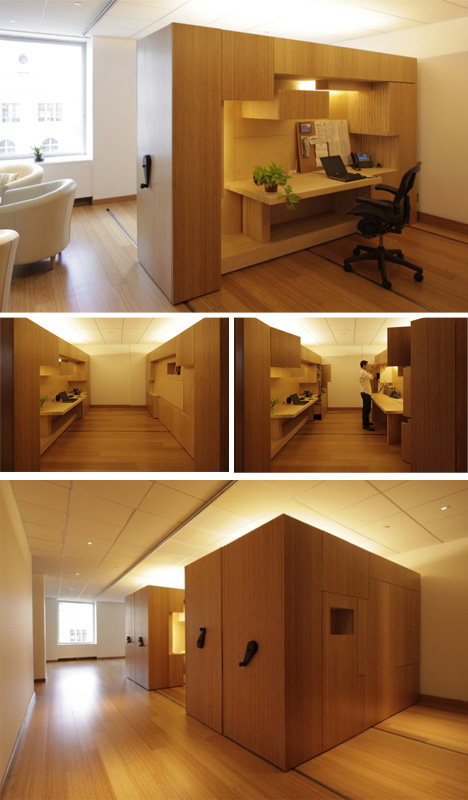 |
Sony has announced the Xperia 1 Mark II, with improvements to the Mark I’s rear triple camera array and class-leading burst shooting mode. Technology borrowed from the company’s professional Alpha 9 full-frame interchangeable lens camera allows the Xperia 1 Mark II to shoot at up to 20 fps while maintaining continuous autofocus and auto exposure. Sony’s excellent real-time eye AF tracking for human and animal subjects is included and, like the Sony a9, autofocus and auto exposure calculations are performed at 60 times a second.
The Mark II maintains a similar triple camera to its predecessor’s, but with some notable enhancements. The main camera now uses a 12MP 1/1.7″ sensor, which is pretty big by smartphone standards, collecting nearly 50% more light than the 1/2.55″ sensors found in competitors from Apple and Google. It has a slightly wider 24mm equiv. F1.7 lens in front of it, which is optically stabilized.
It now uses a 12MP 1/1.7″ sensor –
pretty big by smartphone standards
The main camera uses dual photo-diode phase detection AF with 70% coverage, and a new 3D time-of-flight (ToF) camera helps improve autofocus performance, particularly in low light. No word yet on whether or not the ToF camera is used to improve the depth map generated from the dual pixel sensor for the camera’s bokeh mode.
The telephoto module is now more ‘telephoto’, with a 70mm equivalent field-of-view, up from 52mm. The lens aperture remains the same at F2.4, and only sparse phase-detection, as opposed to dual pixel, autofocus is available, meaning you can expect some hunting, particularly as light levels drop. Optical image stabilization is available on this module. A 16mm equivalent F2.2 camera provides an ultra-wide field-of-view, and the dual pixel design of its 1/2.6″ sensor allows it to achieve fast autofocus performance.
 |
Neither of these modules offers 20 fps burst rates or 60 fps AF/AE calculations, nor does either support real-time eye AF for humans and animals. It’s worth noting though that the Xperia 1 did support eye tracking for humans with its telephoto module, so we suspect some form of eye detection AF will be available on the 70mm equiv. camera, particularly as it would benefit the phone’s bokeh mode.
The Xperia 1 provided a user interface tailored to pro video shooters, and the Mark II introduces a similar UI for still photographers. Photo Pro mode as Sony is calling it doesn’t replace the standard, more simplified camera app, but is offered in addition to it, with direct touch access to exposure settings. Here Sony is aiming for a consistent user experience across its phones and ILCs. Other UI improvements have been made; for example, you can now simply tap on either a human or an animal in your scene to instantly switch between human and animal eye detection.
The Xperia 1 Mark II maintains the unusually wide display format that the Mark I used, offering a 21:9 6.5″ HDR OLED. Sony claims a color gamut wider than DCI-P3, and a peak brightness of 1000 and 400 nits for 1% and 100% APL (average picture level), respectively, for HDR content. Direct white balance controls are now available for the display, allowing you to choose a desired correlated color temperature. A new ‘motion blur reduction’ mode allows the display to be driven at a 90Hz refresh rate, for smoother scrolling and animation, and Sonly also claims the display has enhanced touch sensitivity, which may mean a higher touch sampling rate.
 |
| ‘Photo Pro’ mode allows you to see and access common shooting settings like shutter speed, AF mode, and even emulate buttons like AF-ON and AEL. To switch between human and animal eye AF, simply tap on the desired subject. |
On the video front, Sony has added 60p and 25p frame rate options to its class-leading 4K HDR mode, making it one of only a handful of smartphones on the market capable of true 4K/60p HDR capture. Like the Mark I, video is encoded using HEVC, with an HLG gamma curve and 10-bit encoding in the wide BT.2020 color space. And whereas previously only center-priority AF was available in video, the Mark II allows you to tap on any subject to rack focus to it. No word yet on whether face or subject tracking are available when shooting video.
In a rare move for modern phone makers, Sony has decided to bring back the 3.5mm headphone jack. The Mark II also offers two front-firing stereo speakers, and Dolby Atmos playback is available. Sony claims the signal:noise ratio of audio has been improved, with a ten-fold reduction in noise. The Xperia 1 Mark II is also the world’s first smartphone to feature 360 degree reality audio.
The Mark II retains its predecessor’s IP 65/58 rating, meaning it’s completely sealed against dust, and will also withstand lower pressure spray as well as total immersion in water. Gorilla Glass 6 protects both the front and rear of the device.
Sony Xperia Pro development
Also under development is an Xperia Pro, which will essentially be an Xperia 1 Mark II with 5G mmWave connectivity optimized for fast upload speeds to assist in a professional workflow. Sony says the device can be used as a high-resolution, color-accurate monitoring device for a dedicated camera via HDMI connection, and will also be able to beam high bit-rate video feeds for broadcast.
No pricing or availability has been given for the Xperia Pro or Xperia 1 Mark II at this time.
Articles: Digital Photography Review (dpreview.com)














You must be logged in to post a comment.